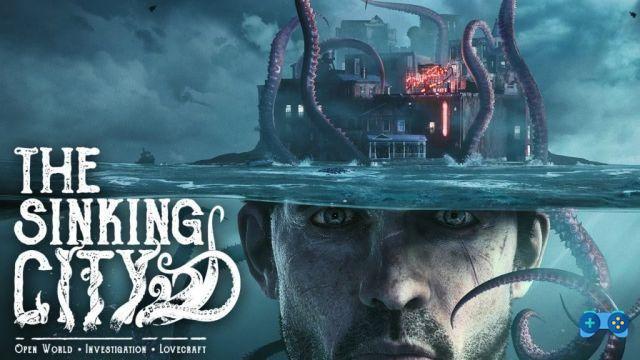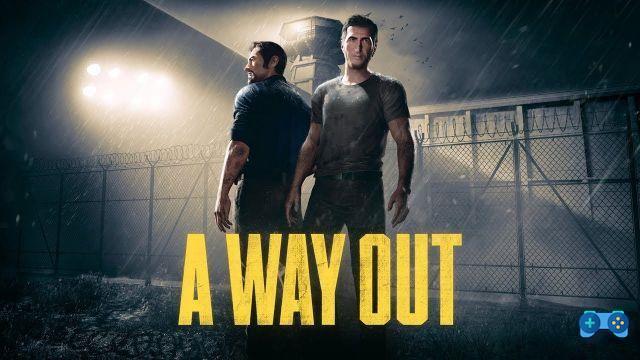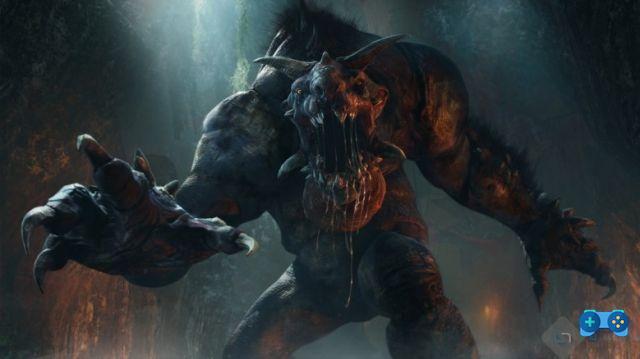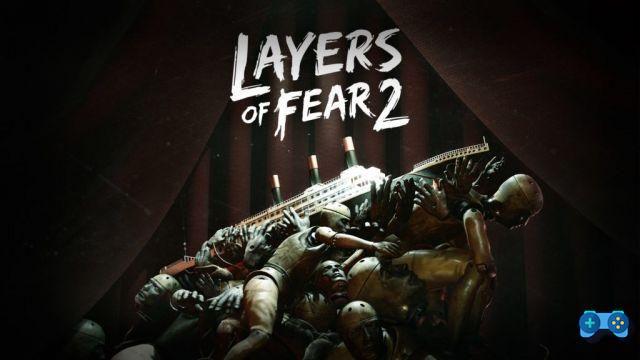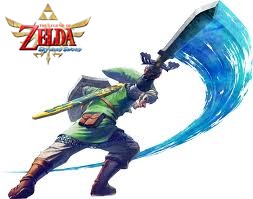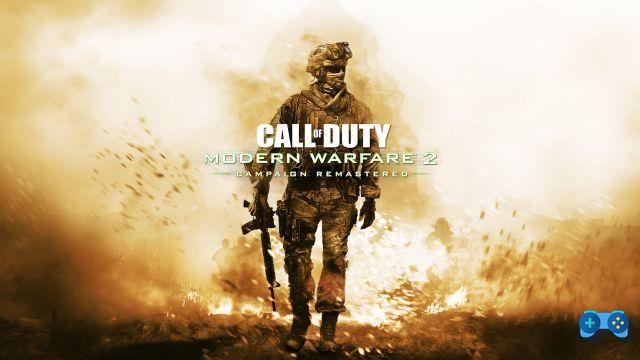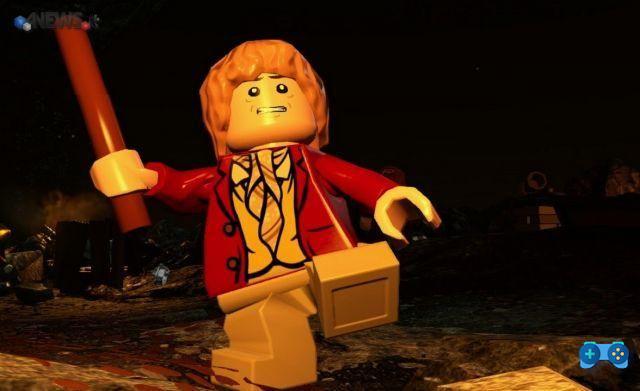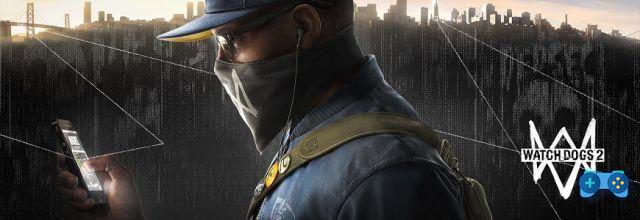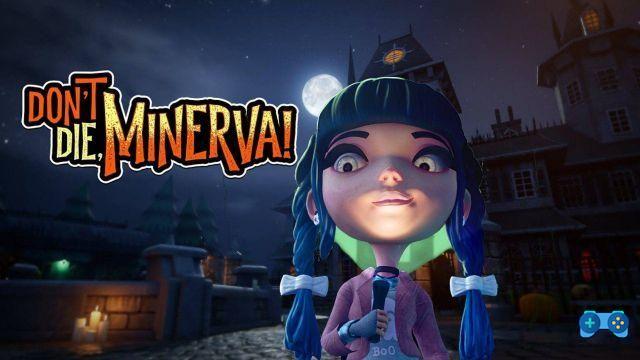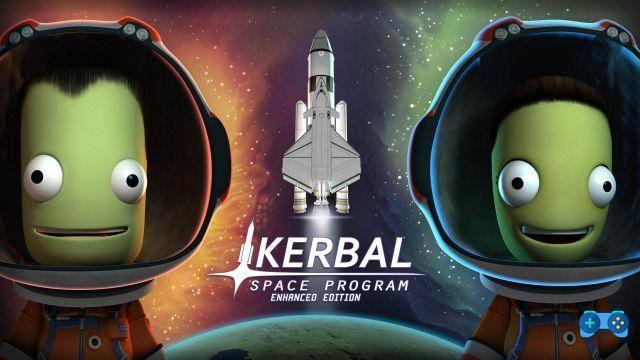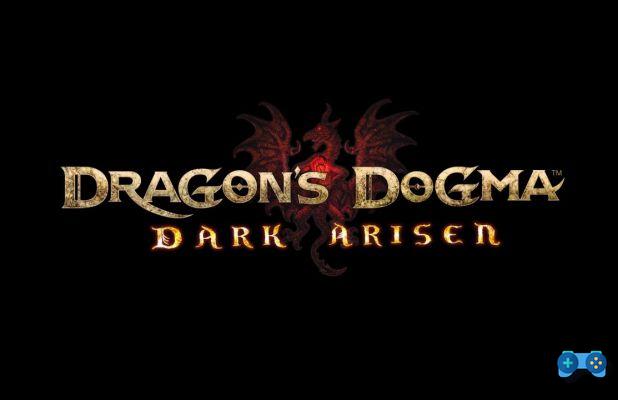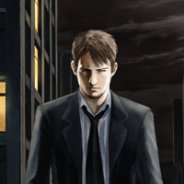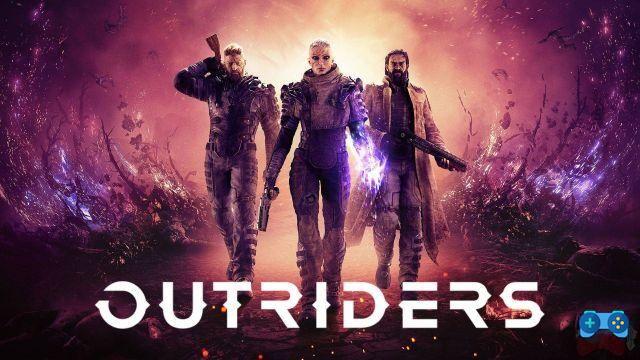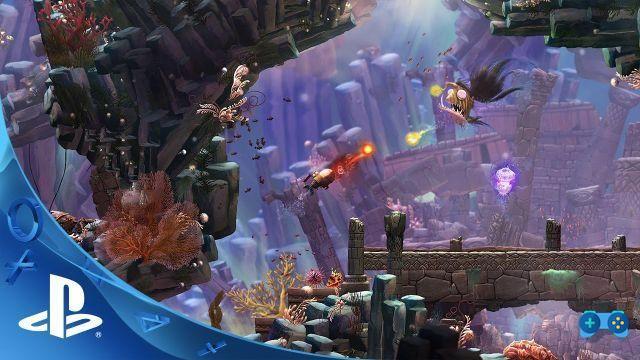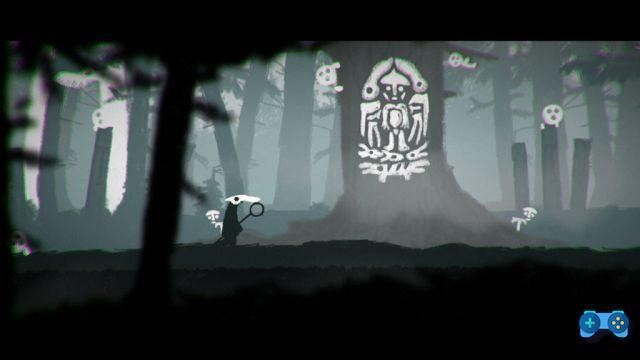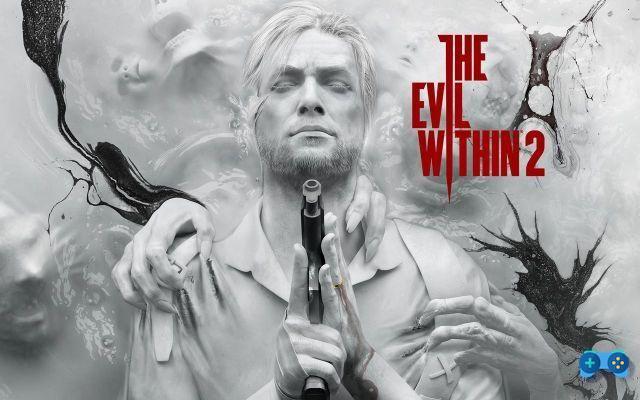
The return of terror!
Shinji Mikami, Capcom and Resident Evil. An indissoluble bond, perhaps comparable only to the Hideo Kojima, Konami, Metal Gear Solid relationship. Both revolutionary minds in the gaming world but both now far from the glories of the past. Kojima, as we all know, has practically closed every relationship with Konami, while Mikami after the great successes he had with Resident Evil, Resident Evil 2, Resident Evil 3: Nemesis, Resident Evil 4 and Dino Crisis, for almost ten years he did not succeed anymore to break through. The redemption, if you can call it that, only took place in 2010. Mikami decided to create a new team: Tango Gameworks, then purchased by ZeniMax Media, which among others also owns Bethesda Softworks, the idea? Working on a new survival horror: Project Zwei, later known as The Evil Within.
The Evil Within, known in Japan as Psychobreak and published by Bethesda in 2014, put us in the shoes of Sebastian Castellanos in a disturbing and mysterious environment. Brutal murders, pools of blood and unexplained paranormal presences. It is only the beginning of what the good Sebastian would soon have awaited. The narrative plot of The Evil Within was deliberately kept hidden, thus giving the player that feeling of suspense and anxiety that at the same time pushed him into the maze of madness and death to investigate and discover more and more, collecting pieces and building a puzzle that made sense at the end of the game, yes if it made sense. I remember the October evenings spent playing The Evil Within; As an avid Resident Evil fan, I was used to horror titles and the like, but what Mikami managed to do with The Evil Within really goes beyond that. Anxiety a thousand, fear of being discovered, a false step and you were DEAD. Weird creatures, which left you really thrilled at their sight and having to face them, well, it really made your skin crawl.
"A true" survival horror "game is a game in which the player faces, and wins, fear"
Shinji Mikami
This was The Evil Within, a horror title, with many references to the latest Mikami hit: Resident Evil 4 and beyond. The Evil Within had a lot in common with the originally released Nintendo GameCube exclusive game and managed to satisfy a good chunk of the audience thanks to a solid adventure, a flowing narrative plot that was almost never interrupted, and gameplay that picked up. classic elements of the genre and completely new elements, combining them quite well.
 The fascination of fear
The fascination of fear
And here we are, three years later to live an intense and distressing experience again. The Evil Within 2 and between us, Mikami in the role of producer and John Johanas in the role of director. A game that takes up the solid foundations of its predecessor but promises a less linear experience. At the beginning of this terrifying adventure, set a few years after the events narrated in The Evil Within, we find Sebastian Castellanos. He is different, visibly tested by the events of the first chapter, now alone and trying in vain to forget what he experienced. We also find Juli Kidman, which again involves Sebastian to investigate what the organization is doing Mobius, also with many points of contact with a historic organization that Resident Evil lovers know well: the Umbrella Corporation. Sinister experiments, analysis and data collection on guinea pigs. One of them is precisely the little daughter of Castellanos and for this very reason Sebastian accepts despite returning to the STEM.
STEM, a sort of neural "root", already present in the first The Evil Within, and which this time aims the fictional town of Union. What was originally supposed to be an idyllic setting has been transformed into a distorted view of a small town in the US. This happened because the whole town of Union was created in STEM using a pure and pristine mind as a base (or Core): Lily, Sebastian's own daughter. But when Lily disappears in STEM, the virtual world loses its Core and the destruction begins. It's up to Sebastian to find his daughter and get her out of STEM before the system collapses.
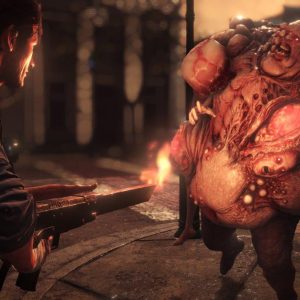 Welcome to hell - second act
Welcome to hell - second act
The plot of The Evil Within 2, compared to that of its predecessor, turns out to be more linear and less confusing going not only to deepen the events of Sebastian, his now destroyed family and Lily but involving the Mobius and the unfortunate employees of the same who are inside the neural "root". The narrative plot maintains the same canons of the first chapter, initially the pace will be quite staid, and then it becomes more and more frenetic and rhythmic, involving the player until the end. But if you are looking for a pure survival-horror adventure, we are sorry to say but Tango Gameworks with The Evil Within 2 has decided to experiment. In fact, the rhythm will be "broken", it must be said fortunately in very few moments, just enough time to intercept, through a new tool: the communicator that detects voices from the past, a transmission and going to collect useful provisions or lend a hand to some members of the Mobius.
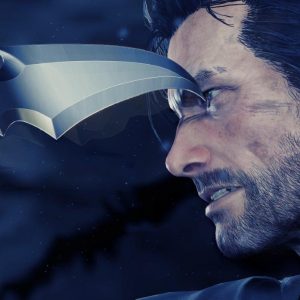 This choice, however, drastically reduces that sense of anguish and anxiety that The Evil Within had given us, making the sequel a product more accessible to the general public and not only addressed to that group of fans, even if really dense, lovers. of survival classics. So if you want, almost, to live a classic horror experience, you will necessarily have to select the highest level right away. When you have completed the game you will be able to access the new game plus, which like other titles, even if not necessarily horror, will really test us, with limited supplies, no upgrades or skimpy skills and bailouts.
This choice, however, drastically reduces that sense of anguish and anxiety that The Evil Within had given us, making the sequel a product more accessible to the general public and not only addressed to that group of fans, even if really dense, lovers. of survival classics. So if you want, almost, to live a classic horror experience, you will necessarily have to select the highest level right away. When you have completed the game you will be able to access the new game plus, which like other titles, even if not necessarily horror, will really test us, with limited supplies, no upgrades or skimpy skills and bailouts.
The mind of a child
But let's move on to the gameplay. Has it changed since The Evil Within? For nothing. As the gameplay system had already proved very solid at the time, Tango Gameworks, has decided not to twist it by keeping it as it was. The good Sebastian continues to have awkward movements especially when we inevitably have to run away and from this point of view we perceive how the choice was desired by the development team. It is therefore not a technical limitation, but an intrinsic will in the development team. Among the many promises made in recent months, one above all had intrigued the fans: less linearity and more exploratory freedom. Will it have been maintained?
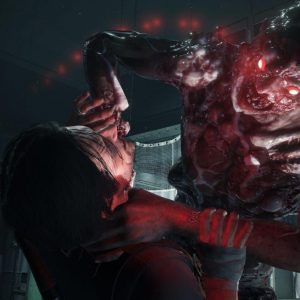 There are still linear sections and obvious barriers, but there are also explorable areas. The idea of the developers, re-embraces the intent to offer a more large-scale product, therefore less gloomy and less tense than its predecessor. Therefore, free exploration lowers the pace a little and also allows the collection of useful files as well as being able to perform the aforementioned secondary quests. Furthermore, the choice to break the rhythm also affects the gameplay for another aspect, in fact it will be the player who decides how and in what way to continue. Whether to avoid that area or if you risk finding several enemies on your heels. The coverage system is better, which is essential if we want to keep a few bullets or unfortunately we have few ammunition available. Attention, always use them with caution, when you can, give it to your heels, you will avoid wasting ammo unnecessarily.
There are still linear sections and obvious barriers, but there are also explorable areas. The idea of the developers, re-embraces the intent to offer a more large-scale product, therefore less gloomy and less tense than its predecessor. Therefore, free exploration lowers the pace a little and also allows the collection of useful files as well as being able to perform the aforementioned secondary quests. Furthermore, the choice to break the rhythm also affects the gameplay for another aspect, in fact it will be the player who decides how and in what way to continue. Whether to avoid that area or if you risk finding several enemies on your heels. The coverage system is better, which is essential if we want to keep a few bullets or unfortunately we have few ammunition available. Attention, always use them with caution, when you can, give it to your heels, you will avoid wasting ammo unnecessarily.
"Running away is not cowardly"
Running dry will still be difficult, unless you start shooting wildly. The title, however, on several occasions makes the player understand, practically from the first moments, to manage resources wisely and to use stealth actions. The Evil Within 2 pushes hard on attacks from behind and from cover to eliminate any threat. 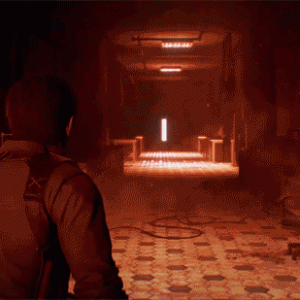 Using the environment in our favor will also be fundamental, not so much against standard enemies, never dangerous and rather "easy" to kill but against (very inspired) bosses, identifying explosive bins, petrol trails and environmental opportunities, will be very important for stay alive.
Using the environment in our favor will also be fundamental, not so much against standard enemies, never dangerous and rather "easy" to kill but against (very inspired) bosses, identifying explosive bins, petrol trails and environmental opportunities, will be very important for stay alive.
In addition to these aspects, the progression system of the protagonist and the development of weapons has also been improved. In the first case, through a green slime, obtainable by defeating the horrendous creatures, Sebastian will be able to improve his physical prowess, damage suffered, fatigue, sprint, fighting skills, stealth, in the second case instead, there are structures inaccessible to monsters, a little 'like the rooms where it was possible to save via the typewriter in Resident Evil and here Sebastian, on a comfortable workbench, will be able to improve his arsenal and create useful ammunition and items.
This is how I serve you fear
The technical department of The Evil Within works well. The evolution of the id Tech 5 is called STEM Engine. Annoying black bands have been eliminated in favor of full-screen action. The lighting system and the particle effects, although they do not scream a miracle, have certainly been done better than in the first chapter. The settings, especially indoors, have a lot of details and overall, with some exceptions, they turn out to be good. The Engine allowed the development team to indulge themselves with optical illusions, sudden changes, plays of light, all elements that combined with the artistic direction, make The Evil Within 2 a beautiful game, bleak, dark and oppressive. Good work done on the polygonal models of the characters and bosses, even if, at times, they still have some unconvincing expressions. Dubbing and sound, the game is entirely dubbed in our language, the recitation is appreciable even if having played the first chapter in English, I believe that the Spanish dubbing is a tad bit less. Finally, the audio effects and the soundtrack, truly inspired, are excellent. The grueling loading of the first chapter has been optimized and turns out to be almost lightning fast.


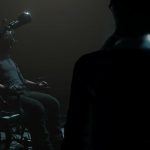
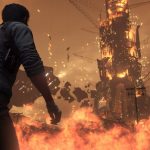
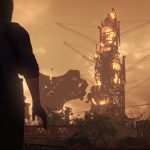

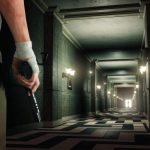



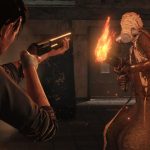
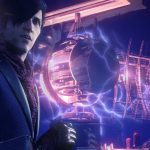




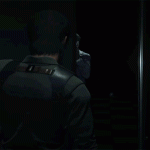
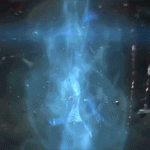
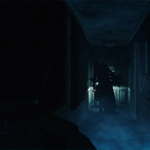
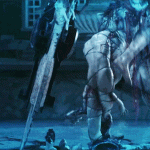
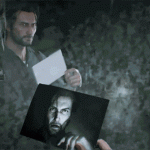
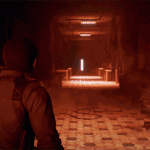
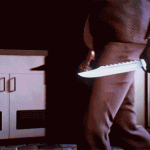
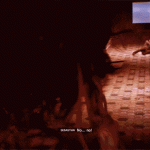
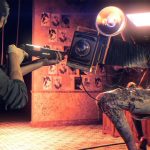





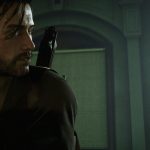


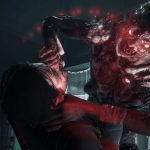

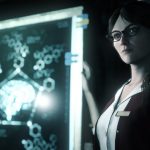
- - Convincing story
- - Excellent character progression
- - As demanding as required
- - Some technical flaws
- - It doesn't change much since the first chapter




